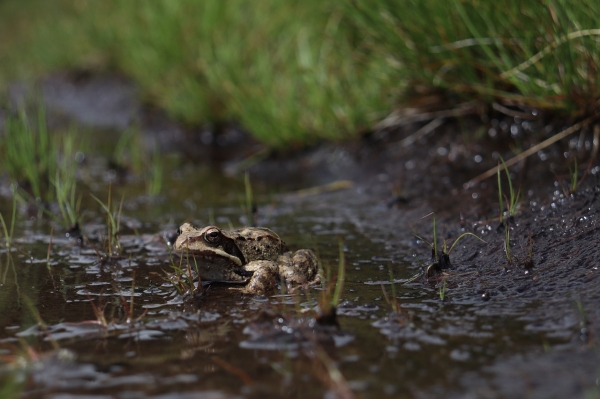The first widescale assessment of methylmercury in adult amphibians in the U.S. to date shows that, in amphibians, this toxic compound is common, widespread and, at least for some, can reach very high levels.
The study, “Broad-scale Assessment of Methylmercury in Adult Amphibians,” which published today in the journal Environmental Science and Technology, brought together scientists from around the country to test more than 3,200 amphibians representing 14 species from 26 populations.
“Amphibians are the most endangered group of vertebrates worldwide, but until this study, we knew relatively little about the variability of mercury bioaccumulation in amphibians” said Anne Kinsinger, USGS Associate Director for Ecosystems. “Trailblazing USGS science, like this study, provides a solid foundation for research and helps managers address the most pressing issues facing fish and wildlife conservation.”
The amount of methylmercury in amphibians varied by site and by life history characteristics—such as diet, size and sex. Amphibian methylmercury concentrations in this study ranged from barely detectible at some locations, to levels well above wildlife health benchmarks in others.
Read more at U.S. Geological Survey
Photo Credit: Fabian-Dück via Pixabay


